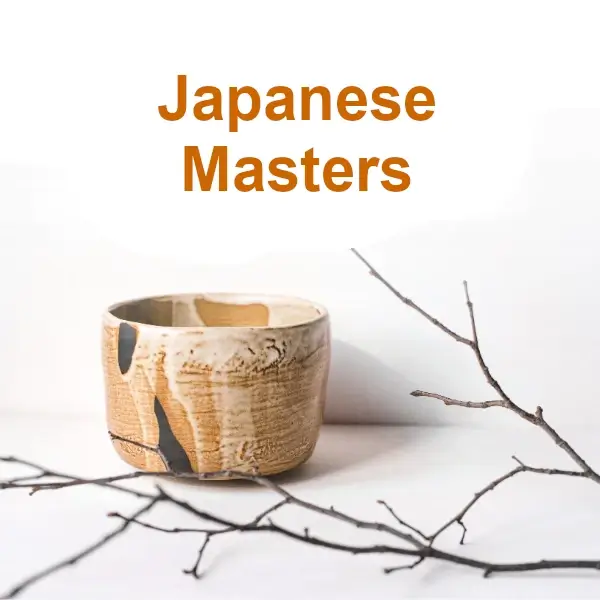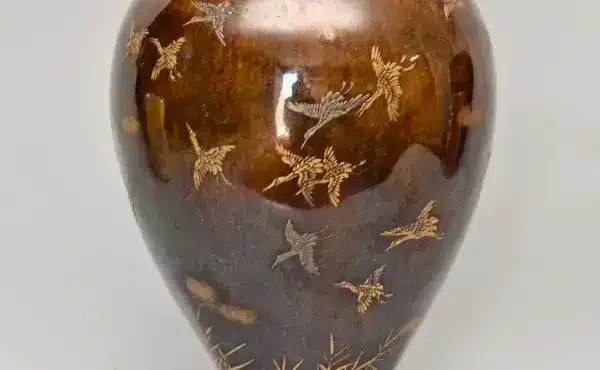Hajime Katō: A Mind-Blowing Journey into Modern Japanese Art
Hajime Katō: An immortal legacy in the art of Japanese ceramics.
In the world of ceramics, there are names that resonate not only for their innovation and mastery, but also for how they manage to capture the essence of an ancient culture. One such name is Hajime Katō.
Born in Seto, Japan, in the prefecture of Aichi on March 7, 1900, from a very young age, he was attracted to the art of transforming clay into pieces of exquisite beauty. Over the years, his talent and dedication led him to become a renowned master ceramist, whose work has been appreciated not only in his native country but also around the world.
He worked as an assistant at the Aichi Prefectural School of Ceramics until 1921. In 1926, he moved to Mino, Gifu, where he continued his research and experiments in ceramics. In 1927, he received an award at the 8th exhibition of the Imperial Academy of Art (now the Japan Academy of Art).
He won the Grand Prix at the 1937 International Exhibition of Arts and Techniques of Modern Life in Paris. During the war, he resided in Yokohama and devoted himself to the study of Chinese Ming porcelain.
He was appointed professor of the Department of Ceramics at Tokyo University of the Arts.
On April 27, 1961, he was designated a Living National Treasure for his work in glazed porcelain. In 1966, he assumed the presidency of the Japan Handicrafts Association and also became a member of the expert committee of the Council for the Protection of Cultural Properties. In 1967, he was appointed professor emeritus of Tokyo University of the Arts. In the same year, he received the Purple Ribbon Medal on behalf of the emperor.
Throughout his life, Hajime Katō not only dedicated his time to the creation of unique pieces, but also strove to pass on his knowledge to new generations, thus contributing to the perpetuation of Japanese ceramic art. His legacy is a testament to the power of ceramics to communicate, connect and transcend cultural boundaries.
Hajime Katō passed away on September 25, 1968, leaving behind a legacy of beauty, innovation and artistry. His life and work continue to inspire artists, collectors and ceramic lovers around the world.
List of Japanese master ceramists
In an attempt to give recognition to the master ceramists of Japan, we have made a series of biographical articles, you can access them through this drop-down list.
We hope this will help to spread the beautiful tradition of Japanese pottery.
It will help us if you share on social media:
Other posts about Japanese pottery:

